Colombard wine, a refreshing and crisp white wine, has gradually risen in popularity over the years due to its versatile flavor profile and easy-drinking nature. Known for its fruity and floral notes, Colombard grapes find their origins in the French region of Bordeaux. As wine enthusiasts and sommeliers continue to explore and indulge in this intriguing varietal, Colombard wine proves to be a wine worth getting to know.
While the Colombard vine was originally used as a blending component for popular wine blends such as Côtes de Gascogne, it has since earned its place as a standalone wine. Its rise in popularity can be attributed to both the diverse global production regions and the growing number of winemakers opting to use this grape in their creations. As a result, Colombard wine now caters to a wide range of wine drinkers, from novice enthusiasts to seasoned wine lovers who appreciate its distinct taste and characteristics.
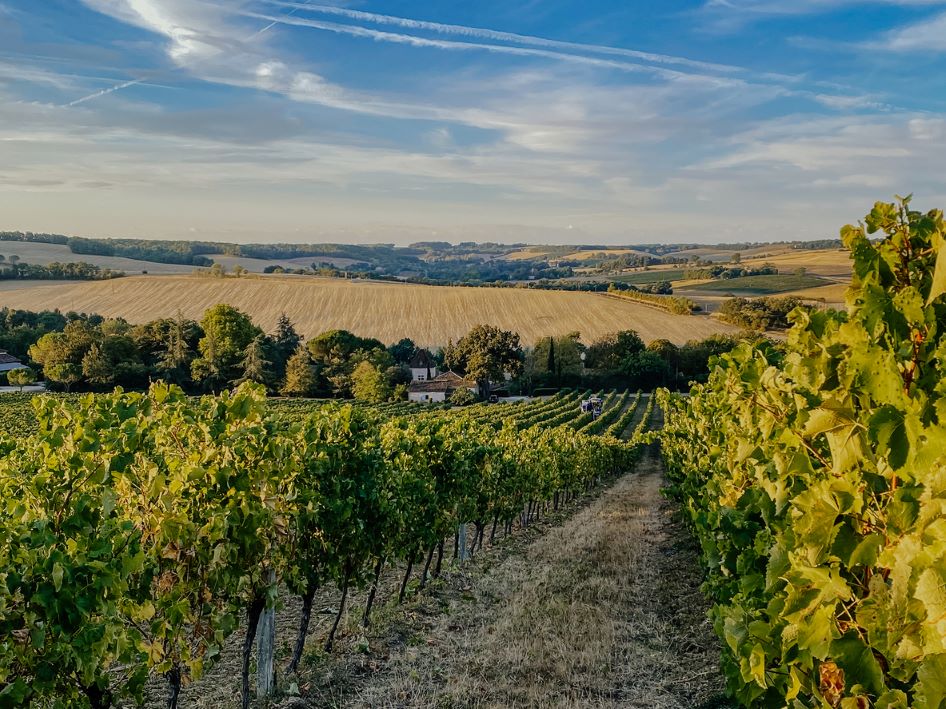
Key Takeaways
- Colombard wine is a versatile and refreshing white wine, known for its fruity and floral flavors.
- Originating in the Bordeaux region of France, Colombard grapes are now cultivated in various production regions around the world.
- While initially used as a blending grape, Colombard wine has emerged as a popular standalone varietal that appeals to a wide range of wine enthusiasts.
Origins of Colombard Wine
The Colombard wine has its roots in the Southwest of France. This white grape variety is believed to be a descendant of the ancient Gouais Blanc, which played a significant role in French winemaking in the early centuries. The cultivation and growth of the Colombard grape expanded to other regions such as South Africa and California.

In France, the Colombard grape has been traditionally used for making table wines and white spirits, particularly in regions like Gascony and Cognac. The grape gained attention in the late 1970s, when winemakers in California started experimenting with Colombard to produce refreshing and aromatic white wines.
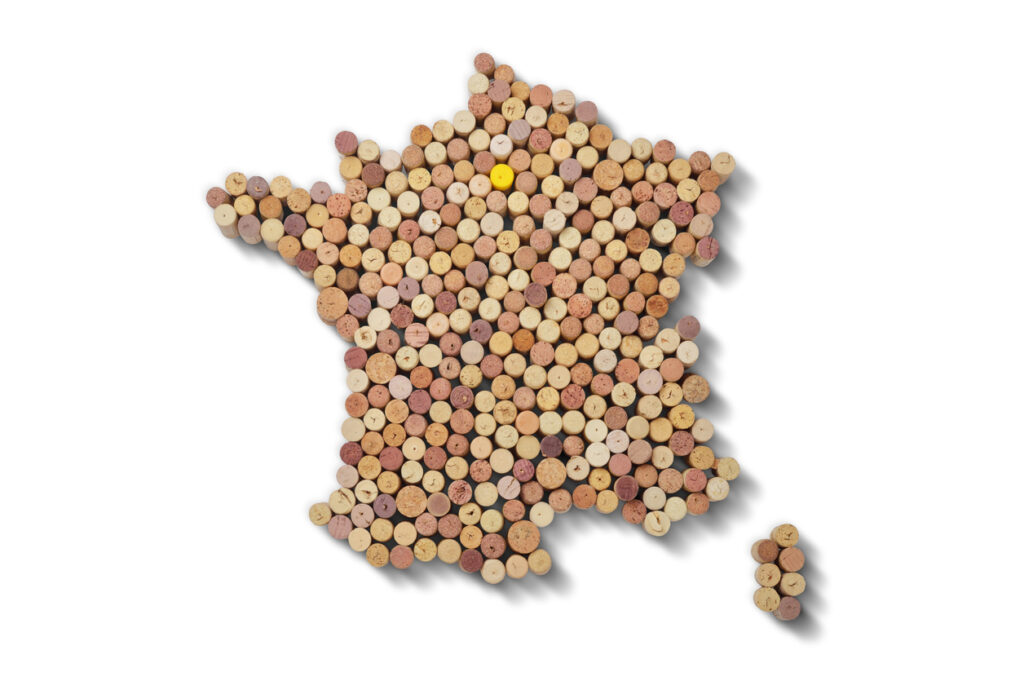
In South Africa, Colombard has been grown since the 18th century, where it is locally known as Colombar. Here, it was initially used as a blending grape with Chenin Blanc for creating white table wines. Over time, the grape earned recognition and started being used to produce varietal wines as well.
The success of Colombard wines in different regions can be attributed to the grape’s unique characteristics:
- High acidity
- High yield capacity
- Resistance to various diseases
- Distinct fruit flavors
These traits not only provide versatility in winemaking but also contribute to the broad appeal of Colombard wines.

Modern Production Areas
Today, Colombard enjoys a worldwide presence, with notable production areas including:
- France – Gascony, Cognac, and Armagnac regions
- South Africa – Western Cape region
- United States – California and Texas
- Australia – South Australia, New South Wales, and Victoria
As the popularity of Colombard wines continues to grow, more winemakers embrace this grape variety in their vineyards, creating a diverse array of styles and expressions from this ancient grape.

Production Regions
France
The main production region of Colombard wines in France lies within the southwestern area, particularly in the Gascogne region. Gascogne is renowned for producing high-quality white wines with primarily Colombard and Ugni Blanc grape varieties. Some notable French wine appellations producing Colombard wines include:
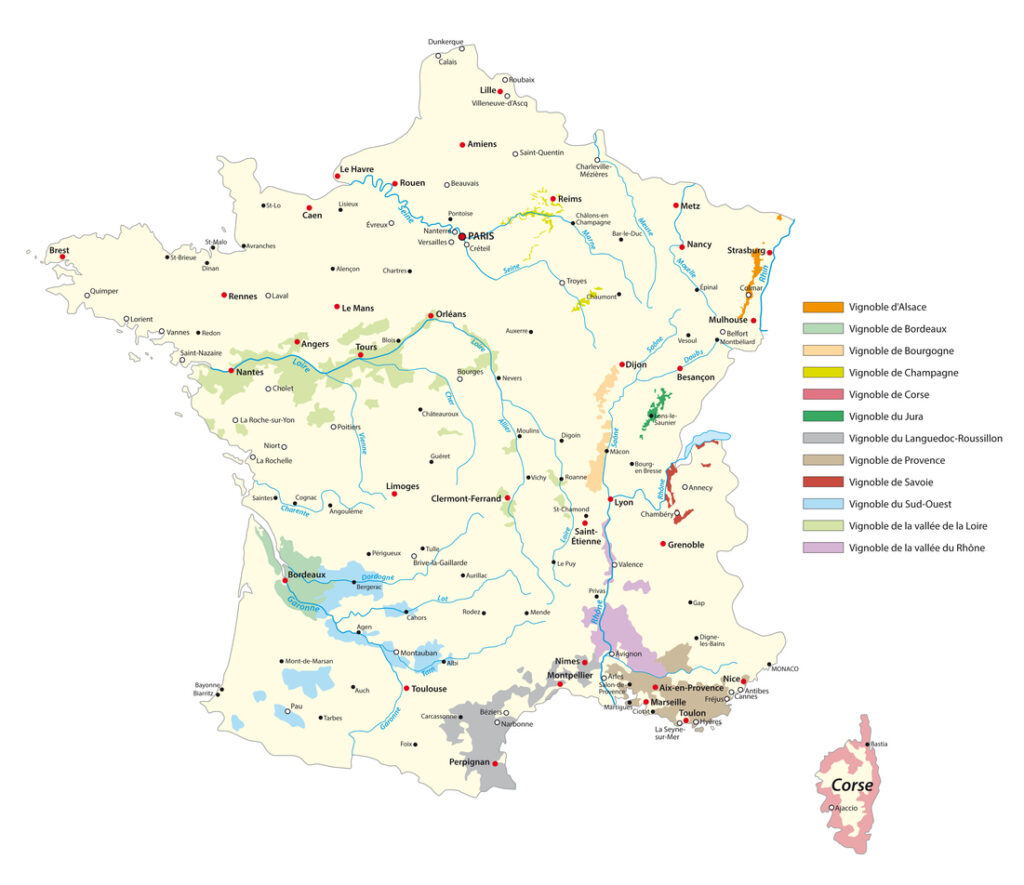
- Côtes de Gascogne
- Irouléguy
- Armagnac
California
In California, Colombard is often known as French Colombard. The grape variety found a home in the warm, sunny Californian climate, with a majority of vineyards located in the Central Valley. Some wine regions in California known for producing Colombard wines include:
- Lodi
- Mendocino
- Sonoma Valley
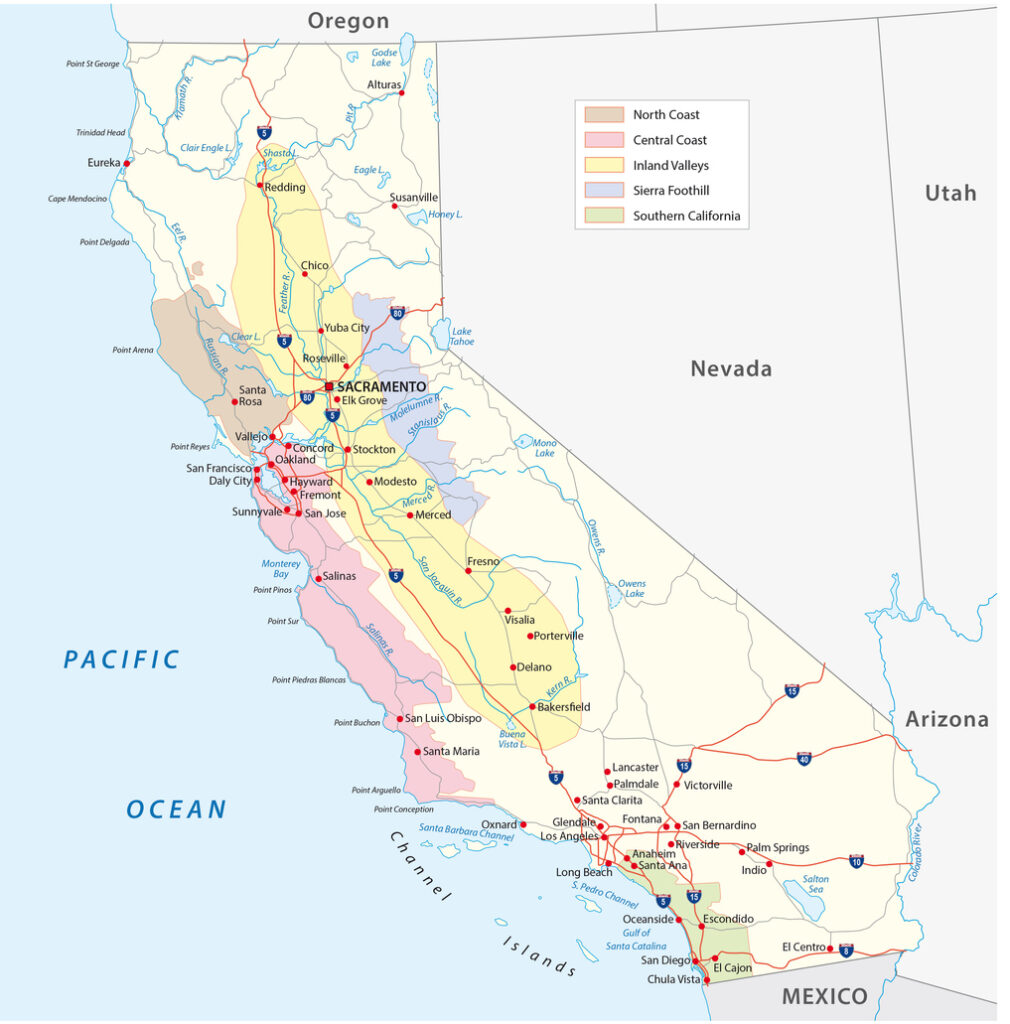
Australia
Australia has seen increasing production of Colombard wines, mainly in the southeastern regions. The key production areas are located in the wine regions of South Australia and New South Wales. Some popular Australian wine appellations with Colombard vineyards include:
- Riverland
- Riverina
- Murray Darling
South Africa
South Africa’s Western Cape region offers suitable conditions for Colombard grape growing. The Olifants River, Breede River Valley, and Orange River regions produce significant amounts of Colombard wines. Some well-known South African wine regions cultivating Colombard grapes are:
- Swartland
- Paarl
- Robertson
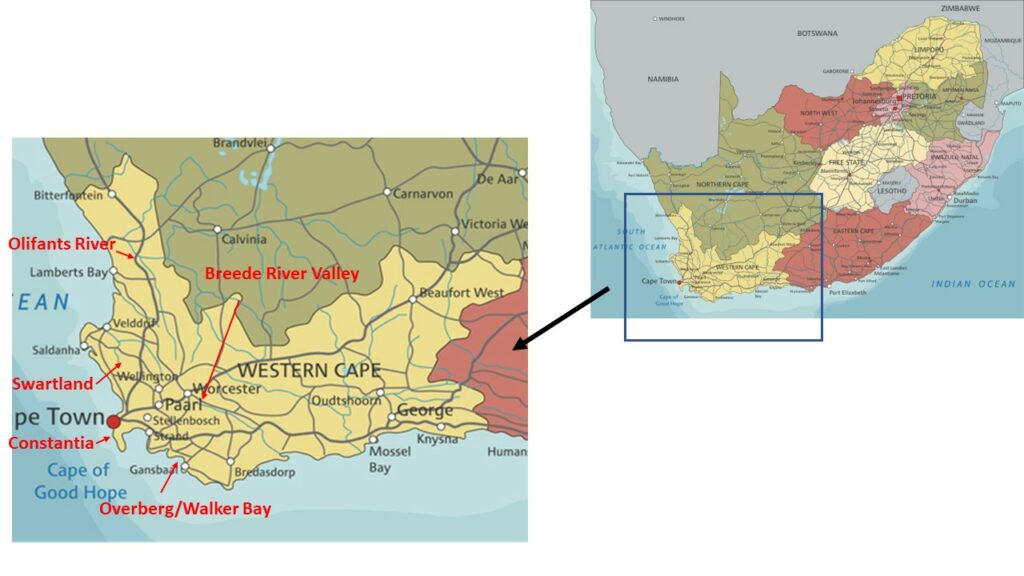
Taste Profile
Colombard wine is known for its distinct flavor profile and various aromas. In this section, we will explore the key characteristics that define the taste of this unique white wine.
Aroma: The aroma of Colombard wine is fragrant and intensely fruity. Predominant scents include citrus fruits such as lemon and grapefruit, as well as tropical fruits like pineapple and passion fruit. A subtle hint of floral notes often lingers in the background.

Flavor: The wine’s flavors closely resemble its aromas. The most prominent flavors include:
- Citrus fruits (lemon, lime, and grapefruit)
- Tropical fruits (pineapple, passion fruit, and mango)
- Green fruits (green apple and pear)
These fruit flavors are typically balanced with a crisp acidity, which enhances the wine’s overall freshness.
Texture: Colombard wine has a light to medium body with a smooth mouthfeel. Some higher-quality Colombard wines may also exhibit a creamy texture due to the winemaking process involving lees aging or barrel fermentation.

Finish: The finish of a Colombard wine is generally medium in length, leaving a refreshing fruity aftertaste. The wine’s zesty acidity ensures a clean and crisp finish, perfect for a warm-weather sip.
| Aroma | Flavor | Texture | Finish |
|---|---|---|---|
| Fruity (citrus, tropical) | Fruity (citrus, tropical, green) | Light to medium body | Medium length |
| Floral (subtle) | Crisp acidity | Smooth / creamy | Fruity aftertaste |
Ultimately, the taste profile of Colombard wine is characterized by its boldly fruity aromas, refreshing citrus and tropical flavors, and crisp acidity. This makes it an excellent choice for those who enjoy a refreshing, fruit-forward white wine.
Vine and Viticulture
The Colombard grape, known for its blended white wines, thrives in various regions across the world. One key aspect of cultivating quality grapes lies in understanding the vine and its viticulture needs.

Originally hailing from France, Colombard has since expanded its presence to countries such as South Africa, California, and Australia. This expansion is attributed to the grape’s adaptability and resilience. The Colombard vine grows well in both cool and warm climates, allowing for a diverse range of growing conditions and terroirs.
When it comes to soil requirements, the Colombard grape is quite versatile. It’s known to perform well in sandy, clay, and loamy soils, with a preference for well-drained soils. This ensures the vine has a stable environment and can consistently produce quality grapes each growing season.
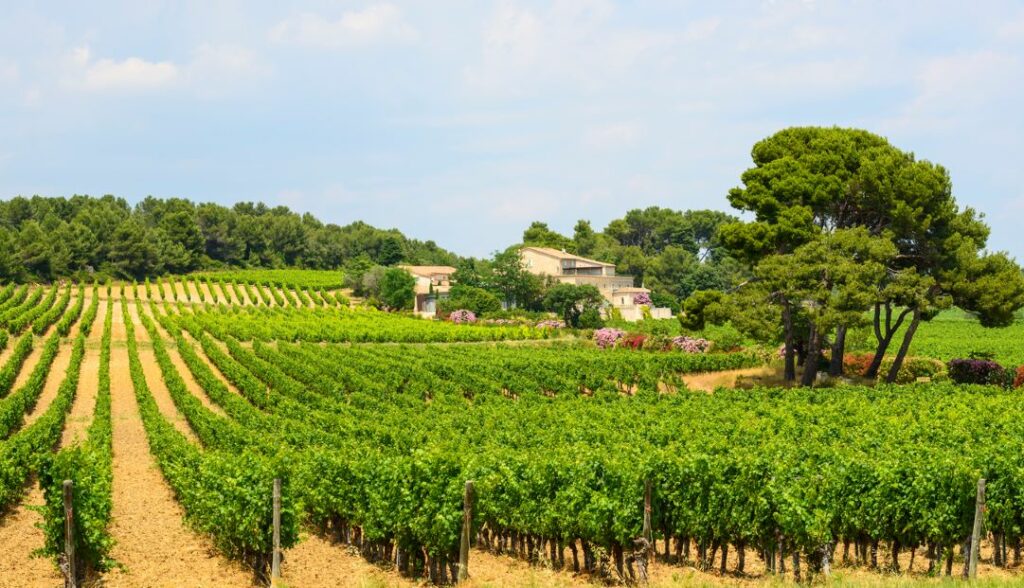
Sunlight exposure and canopy management are crucial factors in vine health for Colombard grape cultivation. The vines should receive ample sunlight to ripen the fruit evenly. However, too much direct sunlight can lead to an over-concentration of sugar and loss of acidity in the grapes. Appropriate canopy management ensures that the vine receives adequate sunshine without causing excessive heat or sun-scorch on the grapes.
A few specific viticulture practices for Colombard include:
- Pruning: Pruning and managing the vine’s growth is essential in controlling yield and maintaining fruit quality. A balanced pruning approach helps produce grapes with consistent flavors and acidity levels.
- Harvest timing: Timing the harvest plays an important role in the final product’s taste and aroma. Colombard grapes are often picked early in the season to retain acidity, which adds to the wine’s freshness and crispness.
- Irrigation: Monitoring water usage is important for the Colombard vines. Overwatering can lead to excessive growth and diluted flavors in the grapes, while underwatering can stress the vine and reduce yield.
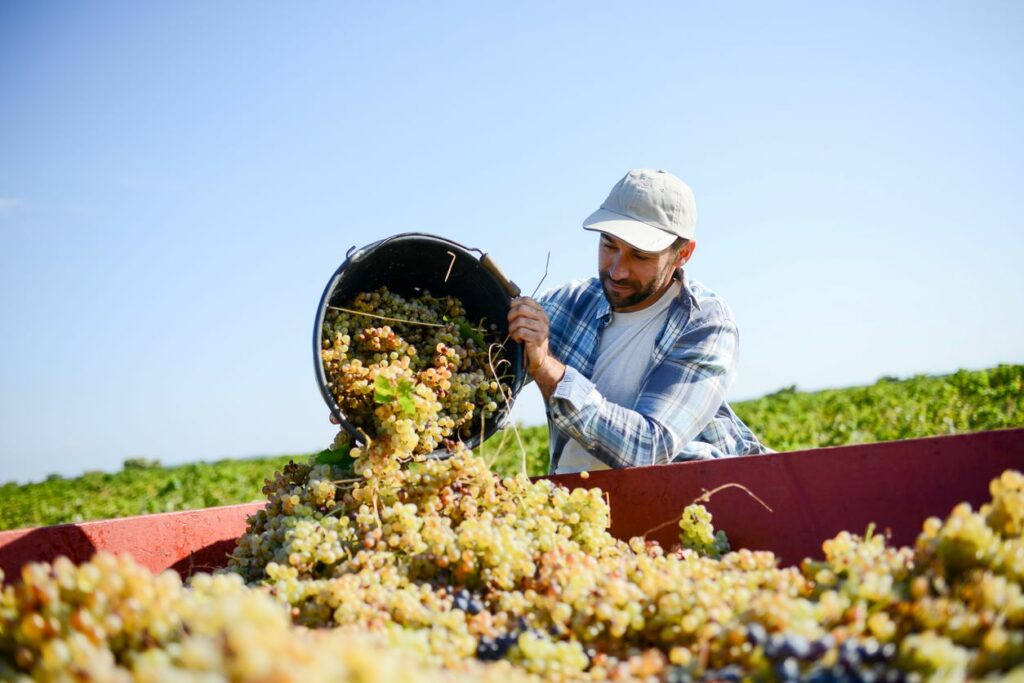
In conclusion, understanding the vine and viticulture needs of the Colombard grape is essential for producing quality wine. Adhering to best practices and consistently monitoring conditions ensures that the grapes maintain their unique and flavorful characteristics, making Colombard wine a distinctive and enjoyable choice for wine enthusiasts.
Pairing Suggestions
1. Appetizers: Colombard wine pairs particularly well with light appetizers. Some ideal choices include:
- Shrimp cocktail
- Ceviche
- Bruschetta
- Artichoke dip

2. Salads: For salads, combining Colombard with ingredients such as citrus fruits, nuts, and soft cheeses creates a tasty ensemble. Consider these combinations:
| Salad Base | Toppings |
|---|---|
| Mixed Greens | Goat cheese, walnuts, and dried cranberries |
| Spinach | Mandarin oranges, almonds, and feta cheese |
| Arugula | Sliced pears, blue cheese, and pecans |
3. Seafood: Thanks to its crisp acidity, Colombard wine complements the taste of various seafood dishes. Perfect pairings include:
- Grilled fish (e.g., sea bass, halibut, or cod)
- Baked or sauteed scallops
- Seared tuna
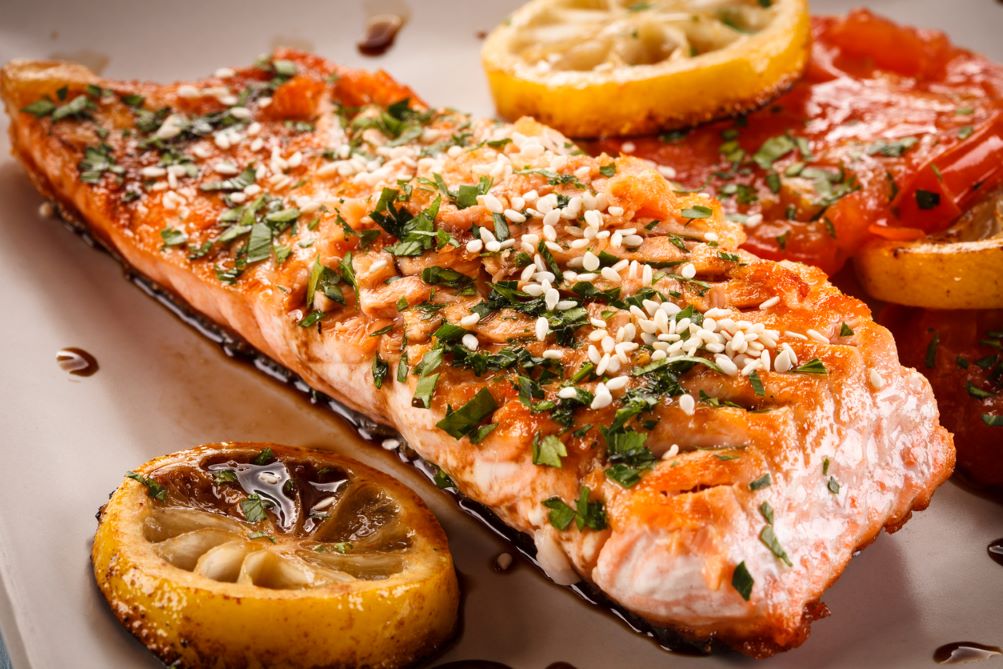
4. Poultry: Colombard can also be a great match for poultry dishes that feature bright flavors. Some options to try are:
- Lemon herb chicken
- Chicken piccata
- Turkey and cranberry sandwiches
5. Vegetarian dishes: Vegetarian dishes with fresh or citrusy flavors can benefit from a glass of Colombard. Consider these choices:
- Vegetable stir-fry with ginger and lemongrass
- Asparagus and lemon risotto
- Roasted vegetable pasta primavera
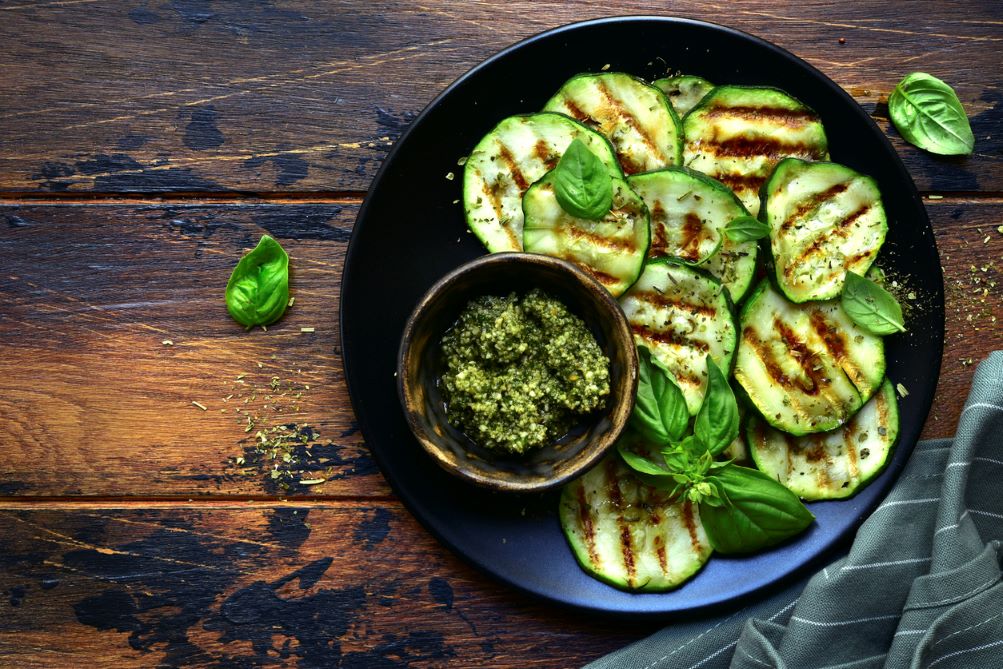
These pairing suggestions should provide an excellent starting point for enjoying Colombard wine to the fullest. The variety of appetizers, salads, seafood, poultry, and vegetarian dishes above ensures a delightful gastronomic experience.
Buying and Storing Tips
Selecting
When choosing a Colombard wine, it is essential to consider these factors:
- Region: The best Colombard wines come from regions such as France, California, and South Africa. Look for wines from well-established producers in these regions.
- Vintage: Depending on the wine’s origin, some years have better vintages than others. Research the quality of various vintages before making your selection.
- Price: Colombard wines are generally quite affordable, but prices can vary. Aim for a mid-range option to balance quality with cost.

| Region | Vintage | Price Range |
|---|---|---|
| France | 2016-2021 | $10-$25 |
| California | 2017-2021 | $10-$22 |
| South Africa | 2016-2021 | $8-$20 |
Storing
Proper storage is essential to maintaining the quality of your Colombard wine.
- Temperature: Store your wine at a consistent temperature of around 55°F (13°C). Avoid temperature fluctuations to prevent damage to the wine.
- Humidity: Aim for relative humidity between 60% to 70% to keep the cork moist and maintain the wine’s freshness.
- Lighting: Keep wine away from direct sunlight or bright light sources, as excessive exposure can damage its flavor.
- Position: Store the wine bottles horizontally to keep the cork moist and prevent air from entering the bottle.
In summary, carefully selecting your Colombard wine by considering region, vintage, and price and properly storing it in ideal conditions will ensure you get the best possible drinking experience.

Popular Colombard Wine Labels
The Colombard grape variety has gained popularity over the years, with many wineries producing high-quality wines that showcase its unique characteristics. Here are a few notable Colombard wine labels worth exploring:
1. Domaine Uby is a prominent producer of Colombard wines in the Côtes de Gascogne region of Southwest France. Their signature Colombard wines, such as Uby Ugni Blanc-Colombard and Uby Collection Unique, boast refreshing acidity and delightful citrus notes that have earned them a place among the top Colombard wines internationally.

2. Stone Fruit Santuary is a Californian winery known for their Sauvignon Blanc-Colombard blends. The crisp and lively wines they produce exhibit both the fruity and herbaceous aspects of the Colombard grape, making them a popular choice for wine enthusiasts.
3. Conrad Vlok Wines is a South African winery that focuses on producing quality Colombard wines. Their West Coast Colombard is well-regarded for its bright acidity and pleasant tropical fruit flavors, offering an excellent example of South Africa’s take on the Colombard grape.

The unique taste of Colombard wines, with their zesty acidity and fruity aromas, have made them increasingly sought after by wine drinkers. As the demand for these wines continues to grow, it’s worth keeping an eye out for these popular labels as well as keeping an open mind for newer producers making their mark in the world of Colombard wines.
Frequently Asked Questions
What is the flavor profile of a Colombard wine?
Colombard wine typically showcases a vibrant and crisp flavor profile, featuring notes of citrus, tropical fruits, and green apple. It often exhibits a refreshing acidity and a slight mineral quality, making it particularly enjoyable as a light and zesty white wine for various occasions.
How does Colombard compare to Sauvignon Blanc?
Colombard and Sauvignon Blanc share some similarities, largely in their crisp, citrusy nature. However, Colombard tends to have a more fruit-forward profile with tropical notes, while Sauvignon Blanc leans more toward herbaceous, grassy, and aromatic characteristics. Both wines are high in acidity, making them excellent choices for summertime refreshment and food pairings.
Is Colombard a Chardonnay?
No, Colombard is not a Chardonnay. They are two distinct grape varieties with different flavor profiles. Colombard is lighter and fruitier than Chardonnay, which is often richer, fuller-bodied, and more buttery or oaky in taste.
What does Pinot Grigio Colombard taste like?
Pinot Grigio Colombard is a blend of two grape varieties: Pinot Grigio and Colombard. This combination creates a wine with bright, fruity flavors and a hint of minerality. Expect notes of citrus fruits, green apple, and pear, along with a refreshing acidity that makes this blend a popular choice for those who enjoy crisp white wines.
How is French Colombard white wine made?
French Colombard white wine is made using the Colombard grape, which is predominantly found in the Côtes de Gascogne and Bordeaux regions of France. The grape is harvested and pressed, followed by fermentation at cool temperatures to preserve the vibrant fruit flavors and acidity. The wine is typically aged in stainless steel or glass-lined tanks, rather than barrels, to maintain its freshness and avoid any oak influence.
What are some popular food pairings with Colombard wine?
Colombard wine pairs well with various foods, particularly those that have high acidity or citrus flavors. Some popular food pairings for Colombard include seafood dishes like grilled shrimp or ceviche, light salads with vinaigrettes, poultry dishes with citrus-based sauces, and goat cheeses. The wine’s bright acidity can also help cut through richer, fried dishes, providing a refreshing balance.

